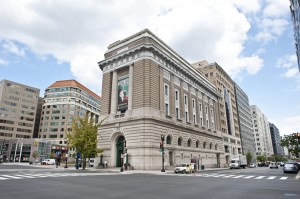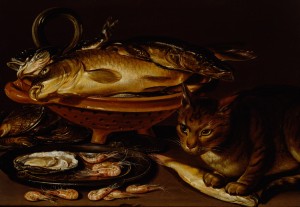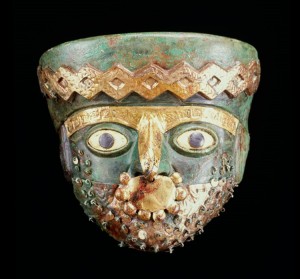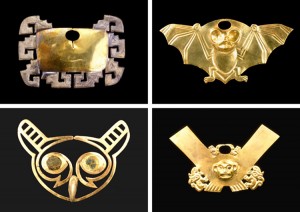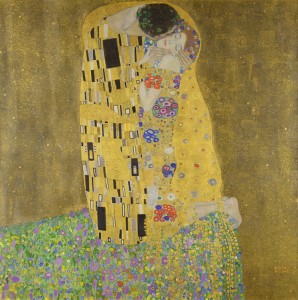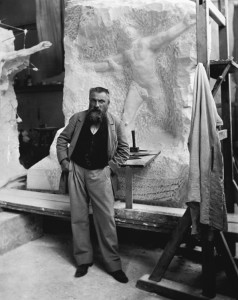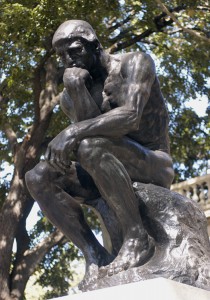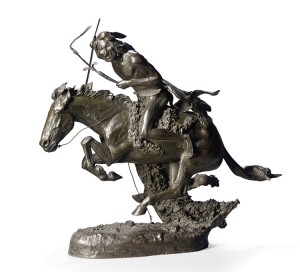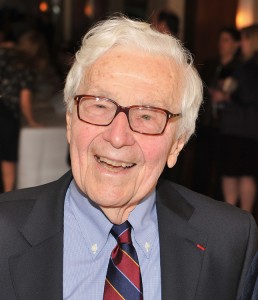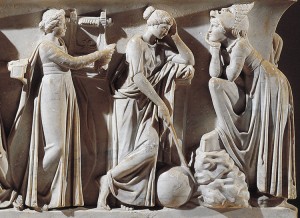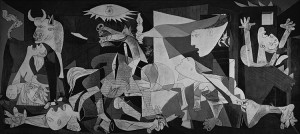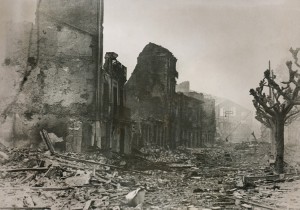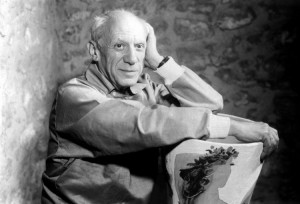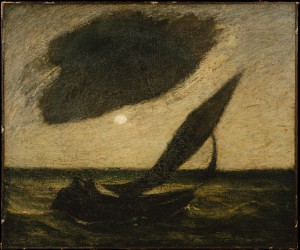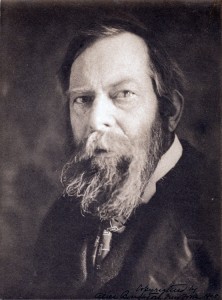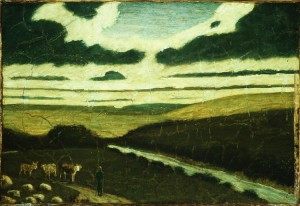Raised on the Internet
Thursday, June 28th, 2018June 28, 2018
Last Saturday, on June 23, Chicago’s Museum of Contemporary Art (MCA) opened a new exhibition called “I Was Raised on the Internet,” a look out how the internet has changed the way people experience the world. The exhibition, which runs through the middle of October, covers technological influences and innovations that have occurred since 1998, a year many people use to mark the beginning of the internet era. “I Was Raised on the Internet” explores the evolution and wide range of art, education, entertainment, and social media on the internet, as well as the technology that makes all the content so readily available.

“I was Raised on the Internet” includes this 2010 installation video by Eva and Franco Mattes called My Generation. Collection of Alain Servais/Museum of Contemporary Art Chicago
“I Was Raised on the Internet” features nearly 100 works of film, painting, photography, sculpture, video, and virtual reality, as well as experimental technologies and interactive elements. As with the internet, the art viewer—or user—is an integral part of the experience. The exhibition has five sections. Look at Me concentrates on social media and networking. Touch Me covers the possibilities of translating digital information and images into physical, three-dimensional objects. Control Me looks at surveillance and data collection. Play with Me documents how art and games include the user or viewer as an active participant. Sell Me Out focuses on corporate culture and consumerism. “I Was Raised on the Internet” is presented in the MCA’s Griffin Galleries of Contemporary Art and the Turner Gallery.
The amount of information stored on the internet dwarfs that in the world’s largest libraries. Much of the internet’s information is organized into the World Wide Web. The web is the part of the internet that contains—and links together—millions of websites. But the internet does not just store information. It also enables people to work, shop, play games, form online communities, and share their artwork and ideas. A tremendous amount and variety of activity takes place online (on the internet).
The internet originated in the United States in the 1960′s. At first, only the armed forces and computer experts used it. The World Wide Web developed during the 1990′s, making the internet much easier to use. By the 2000′s, ordinary people could easily find information, communicate, and publish content on the internet.
Widespread use of the internet has reshaped society. Since the web developed, new industries have sprung up to take advantage of the internet’s capabilities. Other industries have struggled to adapt. Ideas have spread quickly through the internet. The internet enables marketers, politicians, and ordinary people to send messages far and wide. People have used the internet to organize political movements and even revolutions.

